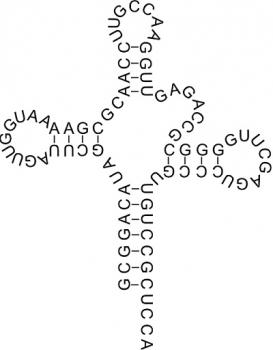DNA, chromosomes and the genome are three inter-related terms which represent the genetic composition of organisms. It is within the nucleus of a cell that the genome is housed and it includes both chromosomes and DNA.
The best way to differentiate these three interlinked terms is to start from the “smallest” term and move upwards. Thus, DNA is the most basic level within the genetic tree of terminology.
DNA is made up of nucleosides which are connected to each other with hydrogen bonds and are esterified to phosphate groups. These nucleosides contain a nitrogenous base and a deoxyribose sugar. There are four possible nitrogenous bases: adenine, guanine, thymine and cytosine. Adenine and guanine are most similar in structure and are called purines, whereas thymine and cytosine are pyrimidines.
Furthermore, each DNA molecule is made up of two anti-parallel strands. Each individual strand is built of connected nucleosides and the two strands are linked by hydrogen bonds which connect the nitrogenous bases together. Adenine and thymine bases are paired together and held by two hydrogen bonds, whereas cytosine is paired with guanine and requires three hydrogen bonds. Once bonded together, the DNA strands create a helical structure, see Figure 1.

Figure 1. This figure represents a strand of DNA. This image has been taken from http://commons.wikimedia.org/wiki/File:Difference_DNA_RNA-EN.svg and been modified.
After DNA, the next level up is the chromosome, which is composed of long stretches of DNA which are condensed very tightly together. Chromosomes are continually condensed by the influence of associated proteins. Basically, DNA is divided into chromosomes, although this number varies per organism. For example, humans have 23 pairs of chromosomes, whereas a donkey has 62.
The genome is the largest genetic unit. The genome is found within the nucleus of a cell and it is made up of the entire collection of chromosomes. Genomes are present in prokaryotic cells, eukaryotic cells and some organelles. However, the complexity of the genome varies. Evidently, DNA, chromosomes and the genome are three inextricably linked terms.
© BrainMass Inc. brainmass.com June 30, 2024, 6:29 am ad1c9bdddf


